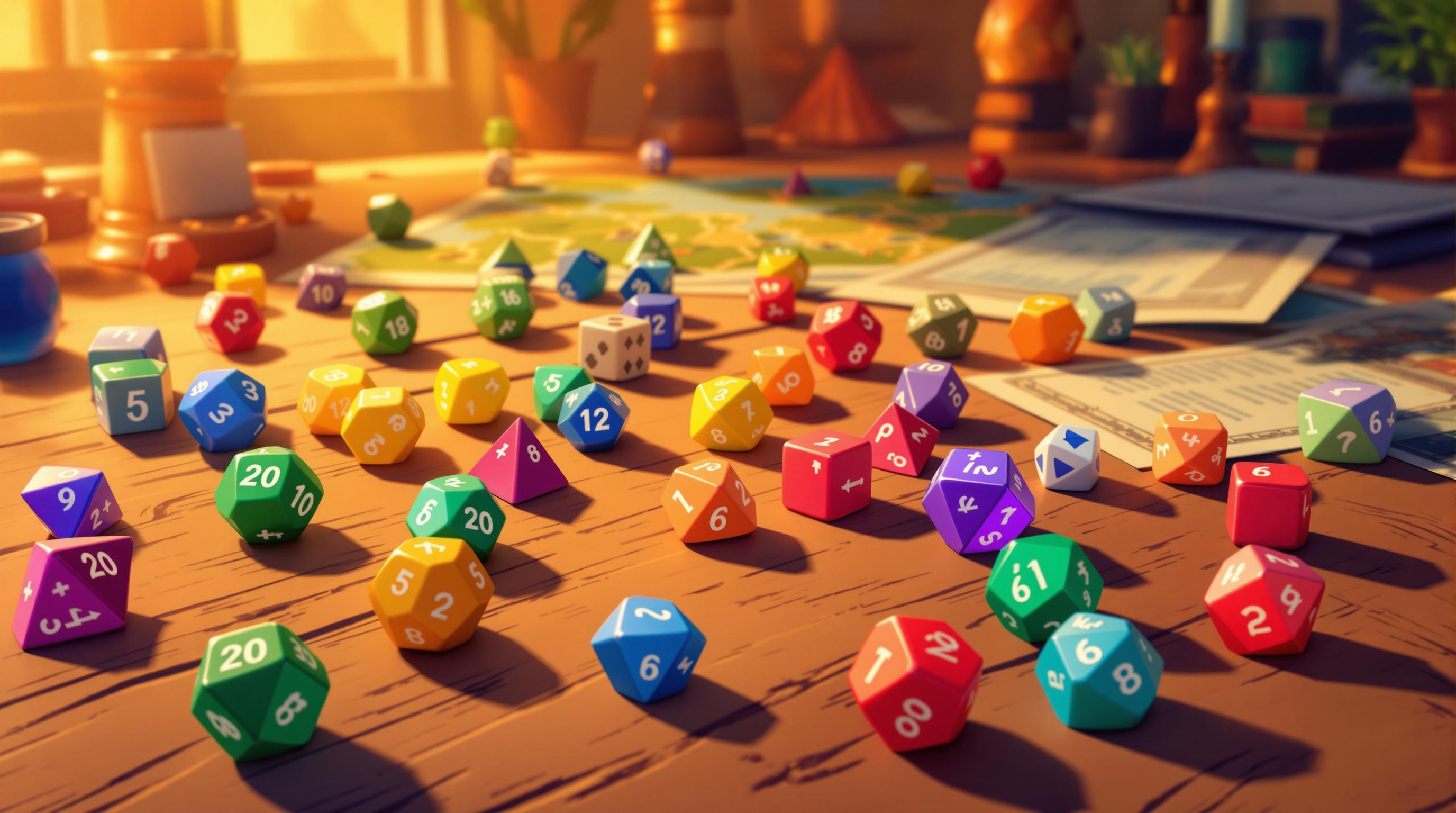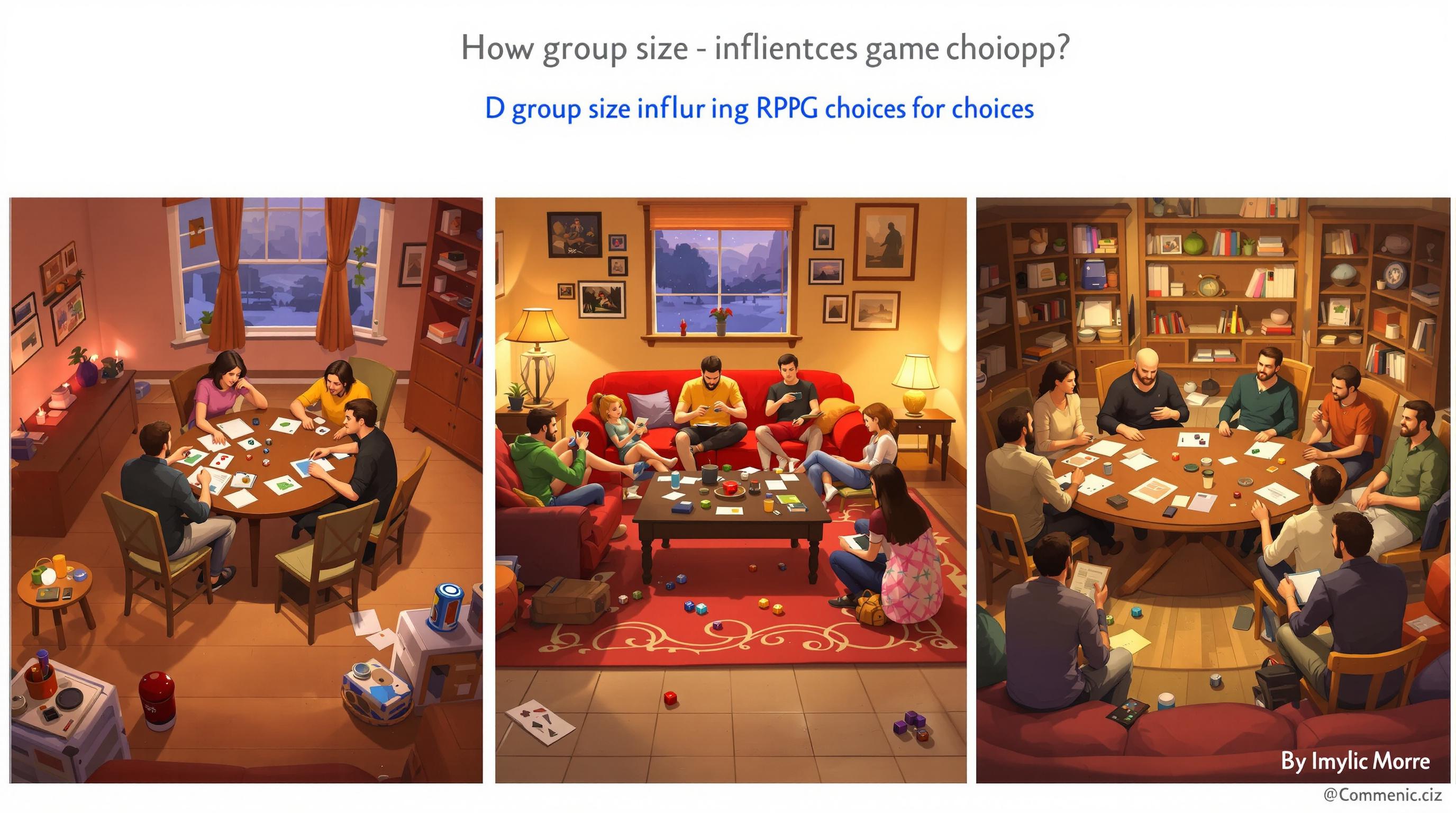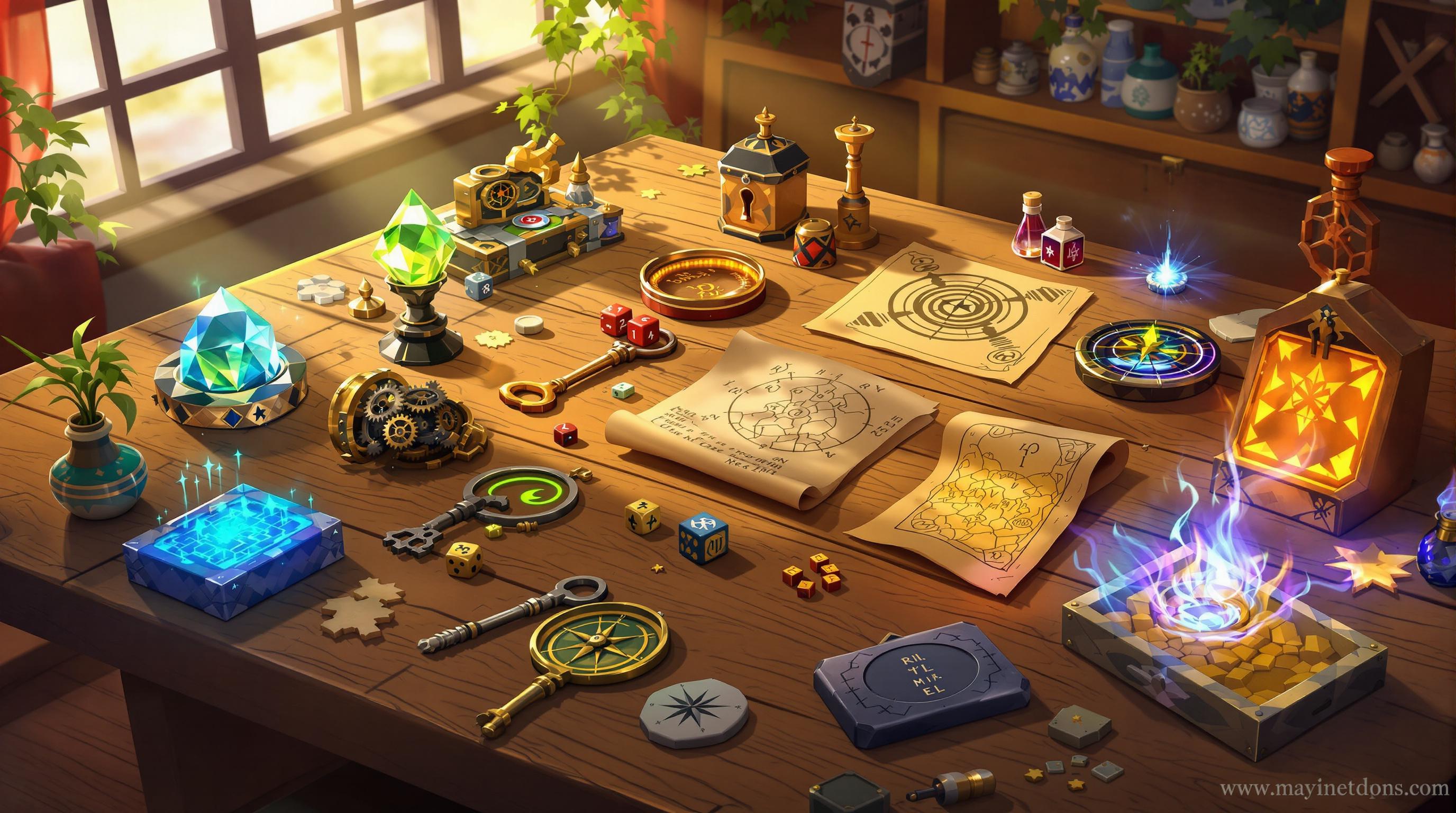In tabletop RPGs, magic can shape entire ecosystems, blending seamlessly with nature to create immersive worlds. Whether it’s floating islands or glowing forests, magical ecosystems offer unique environments for players to explore. Here’s how to design them effectively:
- Balance Magic and Nature: Set clear rules and consequences for magic to keep ecosystems grounded.
- Magical Biomes: Tailor magic effects to specific environments (e.g., forests amplify nature magic, deserts enhance fire magic).
- Everyday Magic: Use magic in agriculture, cities, and resource management while maintaining natural cycles.
- Gameplay Challenges: Introduce ecosystem-based puzzles, resource management, or social conflicts tied to magical landscapes.
- Rewards: Offer meaningful rewards like rare resources, new spells, or alliances tied to the environment.
How to Worldbuild Fantasy Plants! | 5 tips for making your magical plants make sense
What Are Magical Ecosystems?
Magical ecosystems are environments where mystical forces actively shape the natural world. These places feature unusual interactions between magic and nature, resulting in landscapes and creatures that couldn't exist under normal circumstances.
How Magic Changes Nature
Magic influences ecosystems much like sunlight or water, altering growth and behavior. These forces reshape the environment, leading to unusual patterns and characteristics in plants, animals, and even the terrain.
Here’s how magic impacts nature:
| Aspect | Natural State | Magical Influence |
|---|---|---|
| Living Organisms | Standard growth | Accelerated growth, glowing features, magical traits |
| Climate | Regular weather | Magical storms, unpredictable phenomena |
| Terrain | Normal landforms | Floating islands, crystalline structures |
Biomes and Magic
Every biome interacts with magic in its own way, creating unique ecosystems. For example, dense forests might amplify nature-based magic, while deserts could boost fire magic. These interactions result in environments where certain magical forces flourish, while others fade.
This relationship is dynamic. A magical forest might have trees that channel arcane energy, influencing nearby plants and animals. In contrast, a magical desert could feature rare oases sustained by water magic. These settings offer opportunities for creative encounters and challenges in storytelling.
Game Masters (GMs) can use these magical biomes to enrich their campaigns. They can design puzzles tied to the environment, introduce resource challenges, or create storylines that hinge on the magical landscape. For instance, players might face areas where specific magic types grow stronger or weaker, adding layers of strategy to their journey.
Armed with an understanding of magical ecosystems, we can now dive into practical tips for designing and balancing them in your game world.
Tips for Building Magical Ecosystems
Keeping Magic and Nature in Balance
Designing magical ecosystems that feel believable requires thoughtful planning. The key is to ensure that mystical forces don't overpower natural elements. One way to achieve this is by setting clear rules for magic, such as energy costs or natural trade-offs. These boundaries help keep the magical elements grounded, making the ecosystem feel more realistic and balanced [1].
By defining limits and introducing realistic consequences, magic can blend seamlessly into the environment without overshadowing it. With this foundation, we can explore how societies evolve and thrive within these magical worlds.
Everyday Uses of Magic
Magic influences how societies interact with their surroundings, particularly in these areas:
- Agriculture: Spells can enhance crops but should work within natural growth cycles to avoid disrupting the balance.
- Urban Development: Cities in magical ecosystems often harmonize with nature, drawing energy from features like enchanted forests or crystalline formations [1].
- Resource Management: Managing resources responsibly is crucial. Magical solutions should align with natural cycles, paving the way for compelling stories about conservation and ecological balance [1].
Every magical solution should come with boundaries and consequences. This not only keeps the ecosystem believable but also creates engaging scenarios for players. For more ideas on designing magical ecosystems, check out the TTRPG Games Directory, which showcases a variety of approaches across different game systems [1].
sbb-itb-b8b00a5
Using Magical Ecosystems in Gameplay
Challenges and Rewards for Players
Magical ecosystems bring unique challenges that push players to think creatively and solve problems in unexpected ways. Imagine a forest where plants grow at an unnaturally fast pace, forcing players to rethink their travel plans or come up with magical solutions [1].
To keep players engaged, balance these challenges with rewards that feel earned and tie into the game world. Here are some examples of ecosystem-based challenges and their rewards:
| Challenge Type | Example Challenge | Reward |
|---|---|---|
| Environmental | Navigating a magically shifting terrain | Rare magical resources |
| Ecological | Restoring balance to a polluted magical river | Unique spells or abilities |
| Social | Mediating between magical creatures and settlers | Valuable alliances |
Rewards should not only feel deserved but also enhance the player's connection to the world [1]. Beyond just gameplay, these ecosystems can add depth to the story and enrich the overall experience.
Adding Depth to Stories and Worlds
Take the Feywild in Dungeons & Dragons as an example. It shows how magic can shape both the environment and the narrative, providing inspiration for crafting your own magical ecosystems [1].
To make your stories and worlds more engaging:
- Tie ecosystem features to the region's history and lore.
- Introduce NPCs who interact with magical phenomena and uncover environmental mysteries that reveal hidden aspects of the world.
For instance, a druid NPC living in an enchanted forest could act as both a guide and a source of quests [1]. Magical ecosystems should feel like an integral part of the world rather than separate elements. When designing challenges or storylines, think about how local communities have adapted to these magical features in their everyday lives. This approach makes the setting more believable and gives players multiple ways to interact with the environment [1].
Extra Advice and Resources for Game Masters
Combining Magic with Technology
Mixing magic and technology can lead to worlds with intricate systems and fascinating interactions. When creating magitech ecosystems, think about how these systems influence the balance of nature and the cycles of the environment.
| Aspect | Magic | Technology | Combined Effect |
|---|---|---|---|
| Energy | Ley lines | Power grids | Magical power stations |
| Resources | Natural mana | Industrial processes | Hybrid harvesting systems |
| Environment | Magical fields | Infrastructure | Integrated eco-networks |
Consistency matters. Pay attention to how magic and technology grow together naturally, especially in how they impact ecosystem stability and environmental changes [1]. By weaving magic and technology thoughtfully, you can craft ecosystems that feel rich and layered, adding depth to your game world.
Using the TTRPG Games Directory

If you're looking for inspiration while combining magic and technology, the TTRPG Games Directory is a great resource. It offers a variety of examples from different RPG systems, showcasing how magical ecosystems can be designed.
The directory can help Game Masters explore creative ideas, such as unique magical interactions and environmental mechanics. You can see how different games balance magical forces with natural settings and adapt these ideas to fit your campaign [1].
For instance, check out how other systems handle magical resource cycles or environmental challenges. Then, tweak those concepts to align with your world’s specific ecological setup. This method ensures your magical ecosystem feels fresh while still grounded in tried-and-true design principles [1].
Conclusion: Building Magical Worlds
Crafting immersive magical worlds means blending the extraordinary with the ordinary. Magic should shine in grand moments while also influencing the small, everyday details that define your world.
The key is balancing experimentation with consistency. Resources like the TTRPG Games Directory can provide examples of magical systems and mechanics to spark new ideas.
Let magic become an integral part of your story. When woven seamlessly into your world, it can create settings that both challenge and inspire your players.


